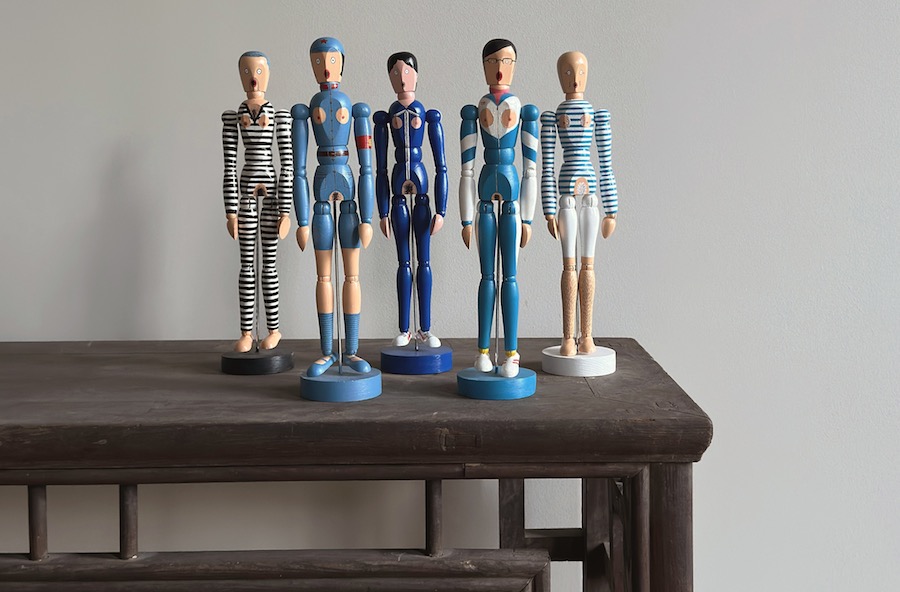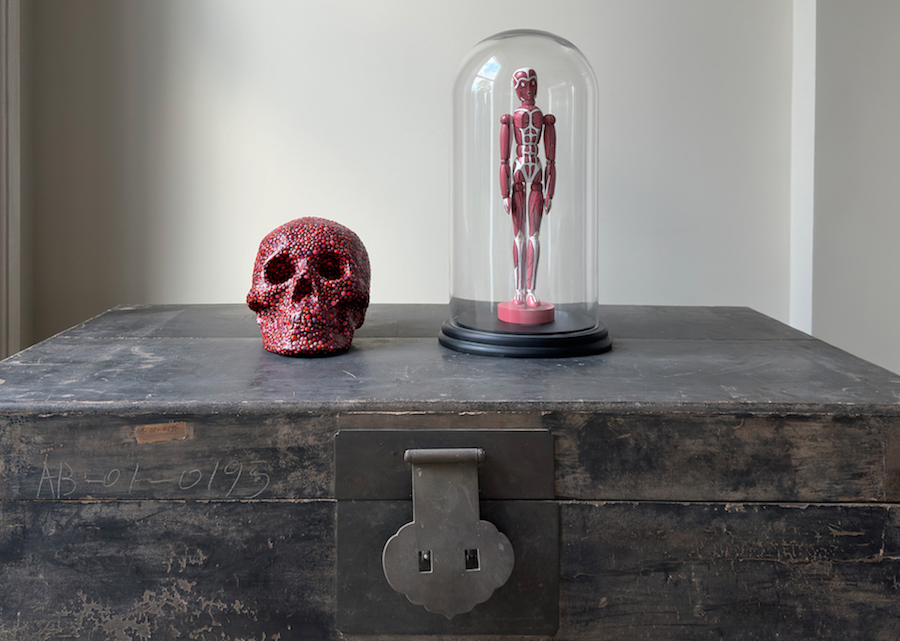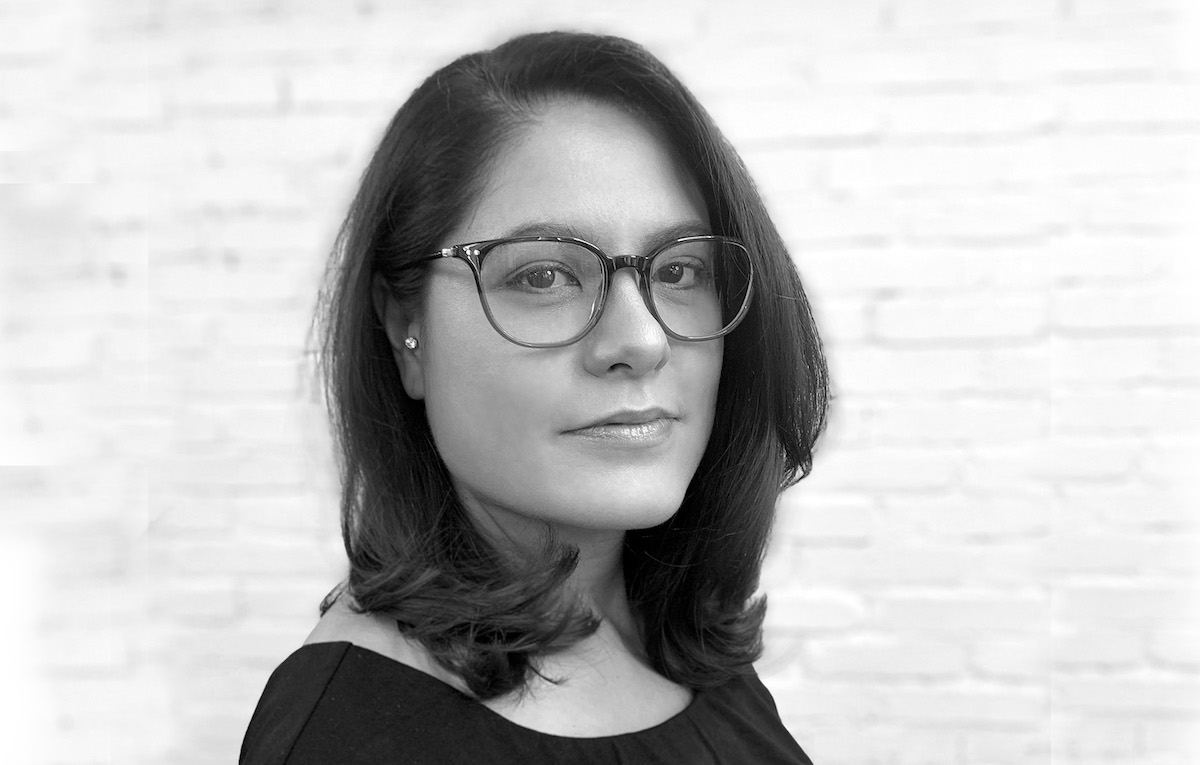In advance of Schoeni projects‘ debut at Asian Art in London @ Sotheby’s with Lloyd Choi Gallery, I sat down with Nicole Schoeni to discuss her work as a creative instigator and gallerist.
What were some of the key cultural, artistic or musical influences in your formative years that aided your development as a creative entity?
Looking back, I wouldn’t say particular artists or musicians directly shaped me. Instead, it was the environment in which I grew up that proved most influential. Art was, from the outset, in my DNA — my father was a self-taught artist who later opened his own gallery, and our home in Hong Kong was filled with objects, textures, and stories from different cultures. With a Swiss father and a Chinese mother, and growing up in such an international city, I was constantly surrounded by contrasts — East and West, old and new, traditional and experimental. That fluidity taught me to see connections rather than boundaries. It’s this way of seeing — shaped by environment more than influence — that continues to guide my creative sensibility today.
Some of your previous organisational endeavours as a gallerist and curator have stayed lodged in my mind, such as the project illustrating gentrification in the Sham Shui Po region of Hong Kong and how you bridged the physical and digital during the pandemic. Could you detail those projects and undertakings?

I’ve always been drawn to street art — to its impermanence, its accessibility, and its ability to speak directly to people. Before renovating my home, I had the spontaneous idea to launch. Schoeni Projects invites ten street artists from around the world to take over the space, each transforming a room through their unique language. When the pandemic hit, the project evolved into something more reflective — a response to isolation and the need for connection. That became disconnected. We adapted quickly, both in how we installed the works and in creating an immersive digital experience linking a London townhouse with a Hong Kong tenement building, in collaboration with HKwalls. Visitors could explore virtually through 3D tours (and still can today), videos, and live conversations — and we even invited the public to contribute their own works. For me, it was a powerful lesson in adaptability, creativity, resilience, and the enduring need for dialogue — ideas that continue to shape every project I do today. More info | Visit VR

Following that came Sham Shui Po is Still Sham Shui Po — a project deeply personal to me, and an homage to my hometown and to my mother and grandparents, who grew up there. It’s one of Hong Kong’s oldest and most working-class districts, now undergoing rapid transformation through waves of gentrification. During the COVID-19 pandemic, when travel was restricted, I wanted to encourage people to rediscover their own city — to value their roots and support the local community. We collaborated with renowned illustrator Li Chi-tak to reimagine a hand-drawn map highlighting four walking trails — from traditional artisans and local eateries to new creative spaces — and worked with community partners to host walking tours and workshops that celebrated the district’s heritage while acknowledging change.
Can you elaborate on how you apply your curatorial approach as a gallerist to the field of interiors, and are there any specific guiding principles when it comes to interior spaces and their objectives?
I think my approach to interiors really began again with the environment I grew up in — a multicultural home where East met West, and beauty was always an integral part of daily life. From a young age, I developed a deep appreciation for craftsmanship, human skill, and the tactile qualities of materials — how something made by hand can carry both history and emotion. That curiosity naturally continued through my work as a gallerist and later through the property projects I’ve undertaken with my husband. Those experiences taught me how to build dialogue between objects, ideas, and cultures, and helped me develop an intuitive sense for balance and composition. I’ve always had a trained eye for detail, because harmony often emerges from those subtle choices of texture, proportion, and placement. Especially in a world that can feel increasingly divisive, I’m drawn to finding synergy between the old and the new, the East and the West — creating spaces that feel balanced, layered, and full of positive energy. Heritage as Aesthetics has become my guiding philosophy: seeing heritage not as something fixed, but as a living, creative force that continues to shape our lives today.
What do you view as the role of a patron in art within the current landscape, and the
What challenges are practitioners encountering?
The role of a patron today is incredibly varied. Of course, financial support is part of it, but true patronage goes much further — it’s about creating space for creative people to grow, to experiment, and to take risks. And by “creative people,” I don’t just mean artists — I also mean curators, designers, craftsmen, and young gallerists. Through Schoeni Projects, and particularly our residency programme, I see my role as providing that platform — a kind of safety net where ideas can evolve and where cross-cultural dialogue can happen naturally between Hong Kong and the UK. For me, it’s about mentorship, exchange, and building a community of trust. In a time when the art world can feel fragmented and fast-paced, I think patrons have a responsibility to nurture authenticity, continuity, and collaboration — to help the next generation of creative voices find both confidence and connection.
You’ve been an essential champion for a variety of emerging Chinese artists; are there any contemporary makers you’d like to bring to light?
One of the artists we’re presenting at Asian Art in London is Chen Fei. I first encountered his work during my time running Schoeni Art Gallery in Hong Kong, where we had the privilege of presenting his first-ever solo exhibition, Bad Taste, in 2010. Born in Shanxi in 1983 and trained at the Beijing Film Academy, Chen Fei’s paintings are brilliantly provocative — crisp, hyper-real, and shot through with dark humour, pop-culture references, and subtle art-historical nods. Our early support helped propel him toward international recognition and representation by the blue-chip gallery Perrotin, where his work continues to evolve as he pushes his distinctive visual language further. I’m delighted that we’ll be showing some of his early pieces from that debut exhibition at our upcoming showcase — moments like this really reaffirm the long-term value of early-stage belief and commitment in an artist’s journey.

Another artist whose work deeply resonates with me is Yang Yongliang. We presented his debut solo exhibition, Phantom Metropolis, in Hong Kong in 2011. What I find so compelling is one aspect of his practice that is particularly noteworthy: how it so beautifully encapsulates the dialogue between past and present. Born in Shanghai in 1980 and trained in traditional Chinese shan shui painting, Yang now uses digital photography to construct vast, dreamlike landscapes. From afar, they resemble classical ink paintings, but up close, the mountains reveal themselves as sprawling metropolises made up of tiny skyscrapers and lights. His work embodies everything that Schoeni Projects stands for — that heritage is not static, but a living, creative force that continues to evolve, much like the world around us.
Nicole will be moderating a panel discussion at Asian Art in London on 2 November 2025. Further information can be found here. In advance of Schoeni projects’ debut at Asian Art in London @ Sotheby’s

